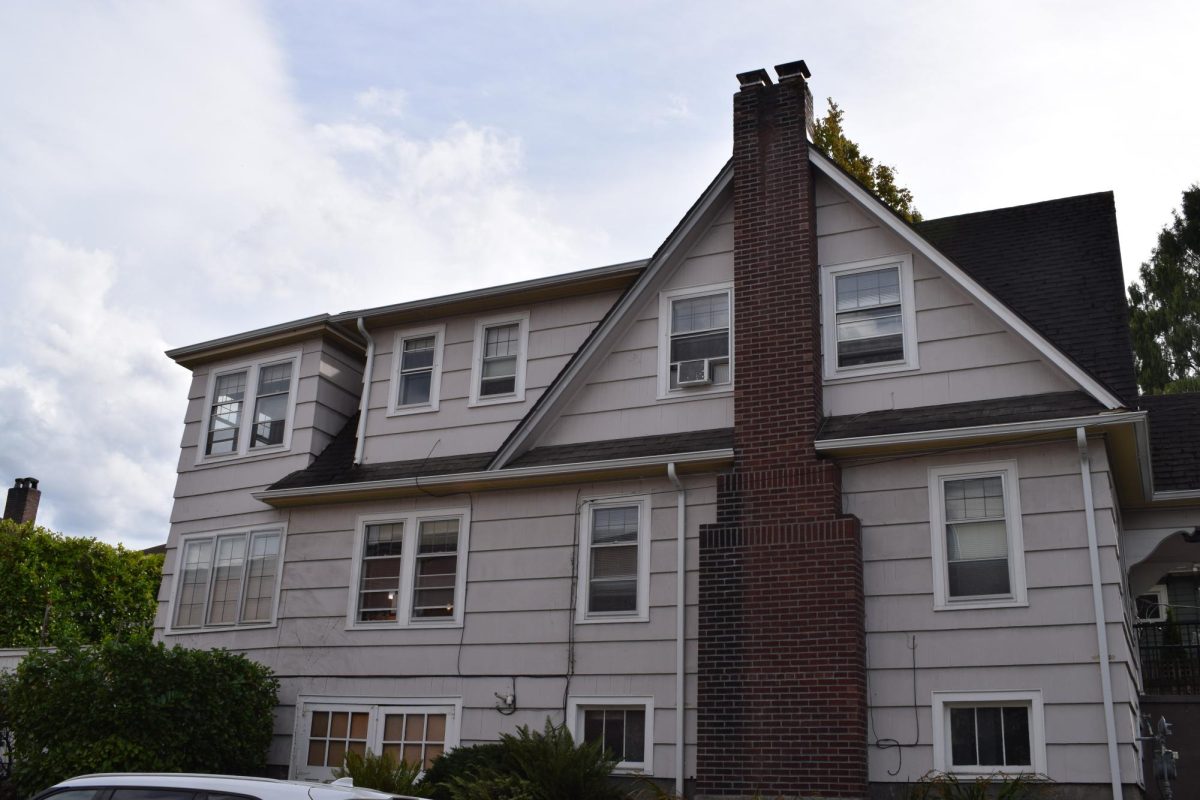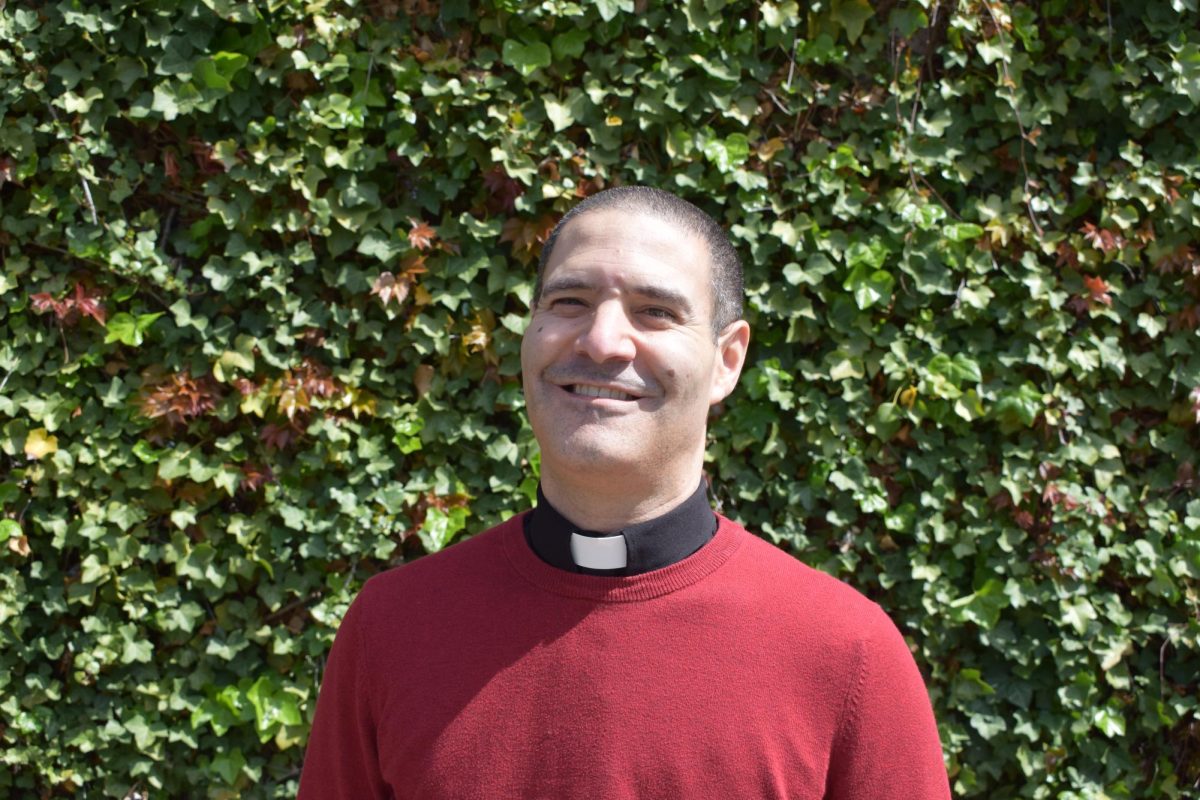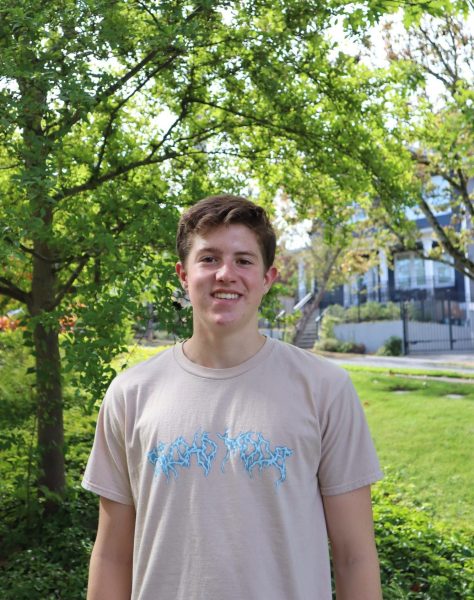In an era where smartphone usage is synonymous with breathing, it’s hard to imagine a time when payphones were the only means of on-campus communication. Yet, this was the reality a few decades ago. From the days of payphones to the era of smartphones, the school’s cell phone policy has evolved to meet the changing times.
Decades ago, the gym lobby hosted a vital communication hub with two payphones. Students would queue up to use these phones, feeding them 25-cent quarters for brief connections to the outside world. “The busiest times to use were generally towards the end of the day,” said Mr. Hendricks
The first encounter with mobile technology at Prep came with Motorola’s DynaTAC phone, nicknamed “The Brick.” Prep purchased two phones available for free student use. The school’s initial policy was not about restricting school-day phone use, but ensuring equity so students could make calls. These DynaTAC phones were priced at $3,995 in 1984, making them more out of reach than today’s mobile phones. “Most adults didn’t have them, so if a student had them, that was pretty rare,” said Mr. Hendricks.
About 20 years ago, as flip phones began to dominate the market, the school had to adapt. The influx of prepaid phone plans and free mobile phones prompted a significant policy change. “The first policy when phones could be around is you couldn’t have them on campus, you had to be across the street,” said Mr. Hendricks.
The school’s policy continued to evolve when texting became mainstream. BlackBerry’s introduction of a phone with an attached keyboard marked a significant shift in phone usage. However, phone usage hadn’t arisen as a problem at Prep due to texting’s limited features. “Texting was extremely obvious; each number had three letters assigned, and you only had 140 characters,” said Mr. Hendricks.
As communication methods have transformed, so too has the school’s approach to managing them. In an age of social media and advancement in the world of technology, Prep is ready to meet the changes of the future.







